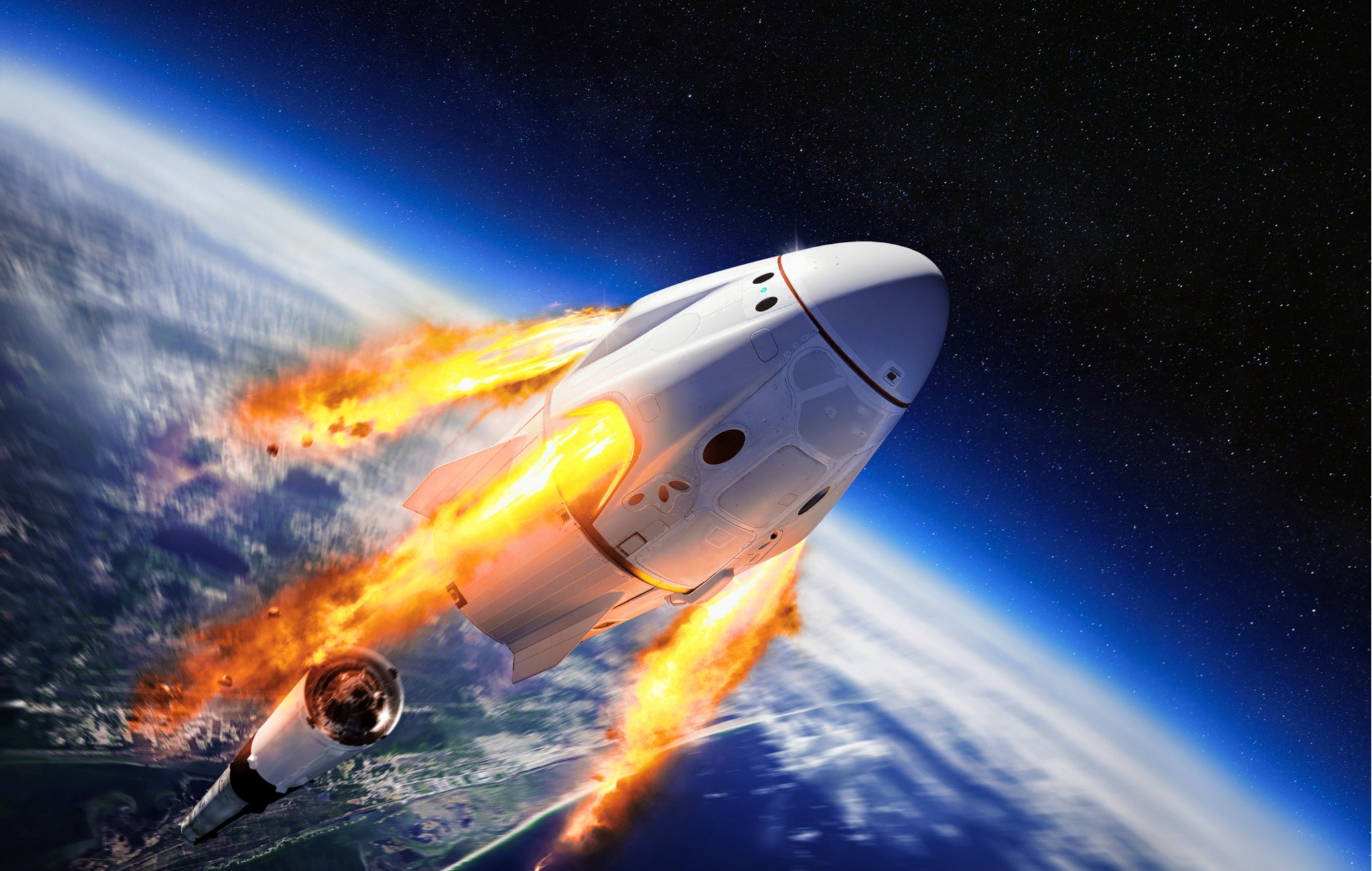

NASA recently announced that the Space Launch System (SLS), its next-generation rocket, will cost significantly more than originally anticipated. In a recent announcement, NASA confirmed that the rocket was expected to cost $9.1 billion, and the ground system for mission support $2.4 billion. That’s a 33% increase over estimated costs in 2017!
In contrast, the private sector has performed phenomenally in lowering launch costs. Between 1970 and 2000, the cost of getting to space was about $18,500 per kilogram. When SpaceX came onto the scene, however, things started to improve. The private launch provider has significantly reduced the costs of accessing space: By 2019, using its Falcon 9 rocket, costs had fallen to $2,720 per kilogram. Due to SpaceX’s innovations in reusable rockets, experts say launch costs might fall below $1,000 per kilogram in as little as five to ten years. The opportunity this presents for space exploration and development is exciting.
This is from Alexander W. Salter and David R. Henderson, “For-Profit Companies Must be the Backbone of the New Space Age,” American Institute for Economic Research, September 5, 2020. Alex is turning into an excellent op/ed writer and co-author.
Read the whole thing, which is short.
A personal reminiscence:
In the fall of 2012, I taught, as I did every fall between 2002 and 2015, an economics class in our distance learning Executive MBA course at the Naval Postgraduate School. It’s the only economics course the students got in the curriculum and so my course was approximately 8 3-hour lectures in microeconomics and 3 3-hour lectures in macro. The students were typically at Navy bases around the country. This time, though, I had 5 civilian students at NASA’s Johnson Space Center in Houston.
I could tell from the start that this was a special group. They were involved from the getgo.
Whenever I had 5 or more students at a location, I made a trip sometime during the quarter to that location and broadcast from there to the other locations. So in October I went to Houston.
The students were even better than I had expected. I’ve taught well over 2,000 students in my career and probably closer to 3,000 and I don’t remember a lot of names. But I remember all 5 names: George Gafka, Jose Garcia, Lara Kearney, Brad Niese, and Joe Williams.
Typically when I finished a class at a remote location we would quickly go out to a restaurant. This time was different. They wanted to hang around and talk about the material we had just covered plus other things they were wondering about economics. We didn’t leave for a restaurant until half an hour later when an exasperated janitor kicked us out of the room.
At the restaurant, I decided to risk my good will by suggesting that, in light of everything I had taught them about incentives and residual claimants, a better alternative to NASA would be private space exploration. Brad Niese, the most junior of the 5, said immediately, “That makes sense.” We had a good and spirited discussion. I’m not sure I convinced the other 4 but none of them seemed to think it was a crazy idea.
I was one of the two toughest graders, out of about 60 professors and lecturers at the NPS Graduate School of Business and Public Policy. All 5 earned an A, the highest grade one can earn at NPS.

READER COMMENTS
john hare
Sep 6 2020 at 5:21am
You obliquely touched on the properly rights issue in the article. For true space development, entrepreneurs must know that they can develop resources and profit from them. Some treaties suggesting that they can’t, which is discouraging to say the least.
Comments are closed.